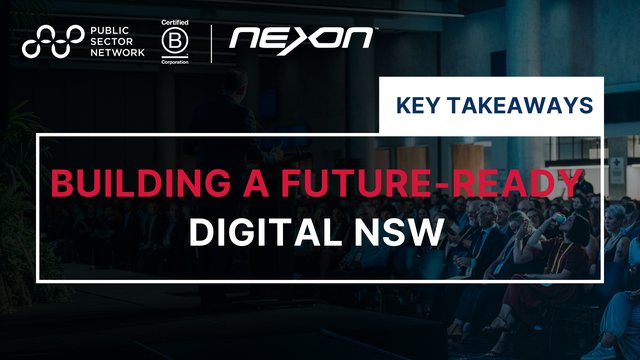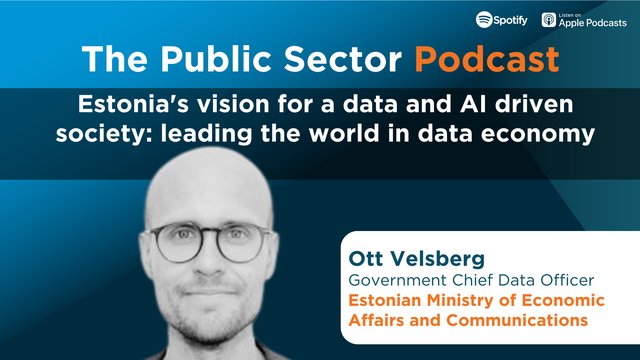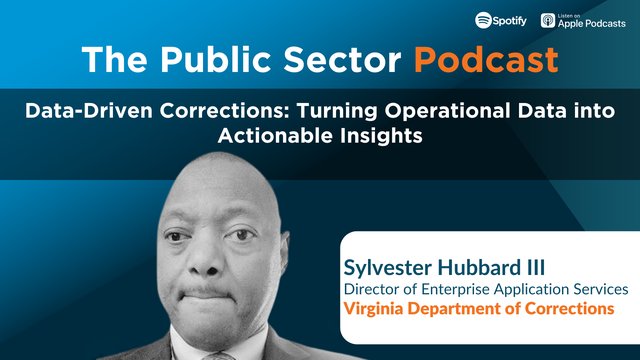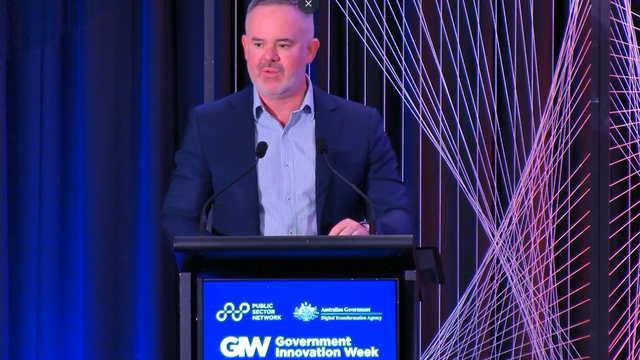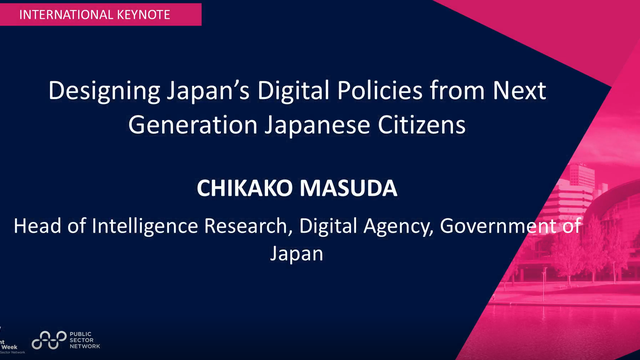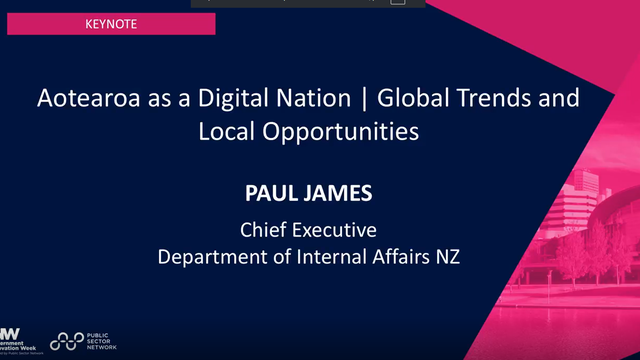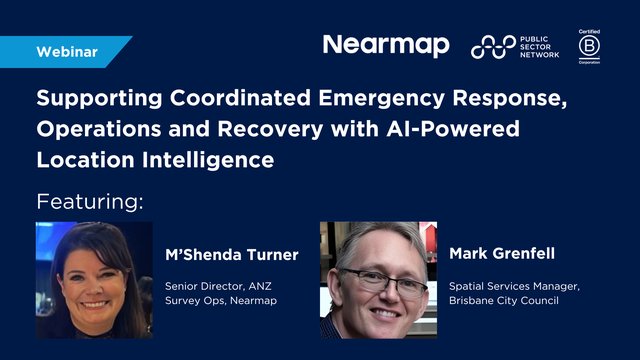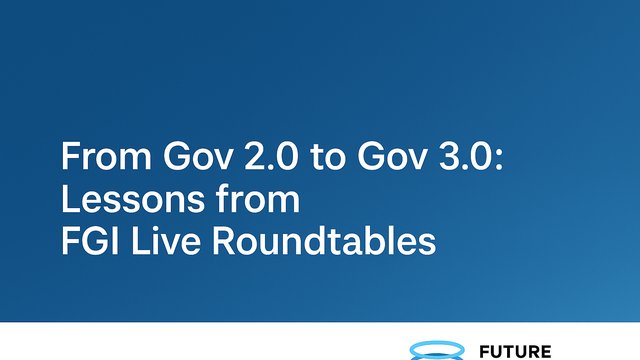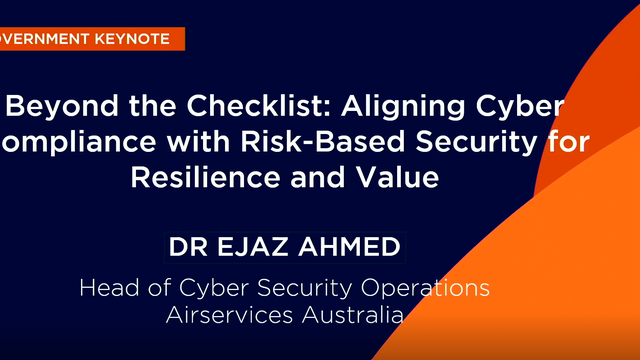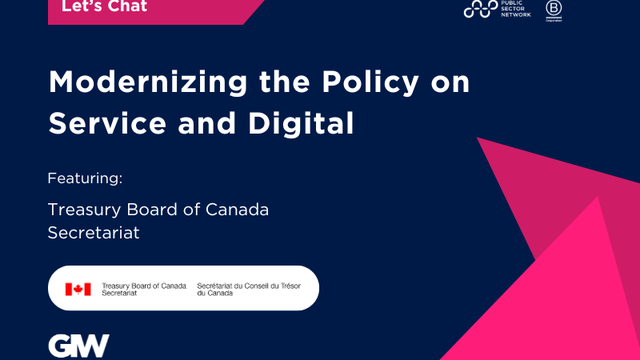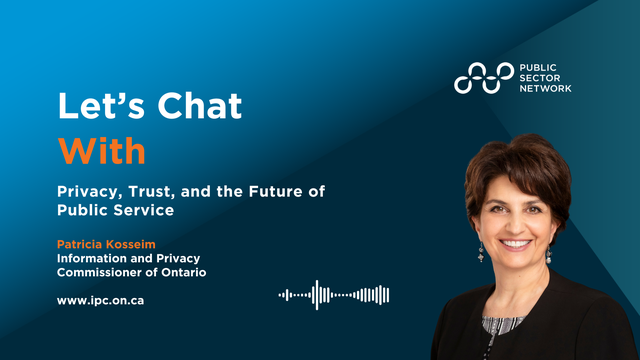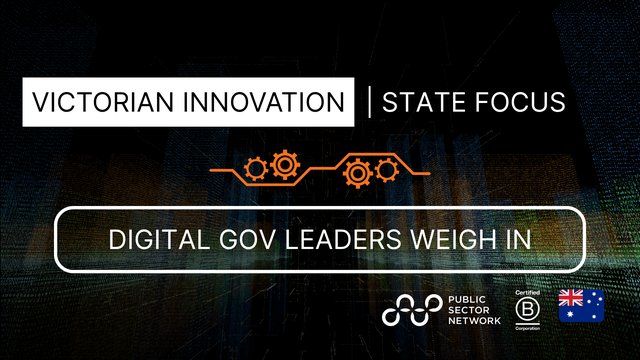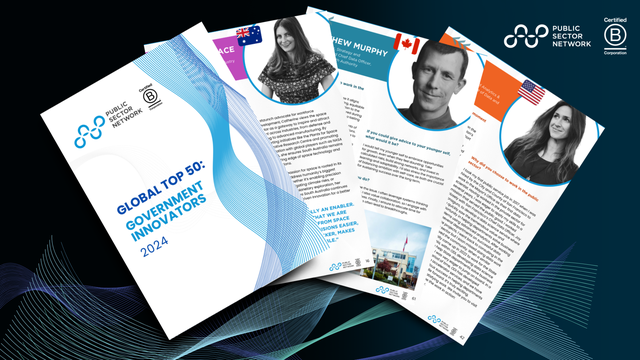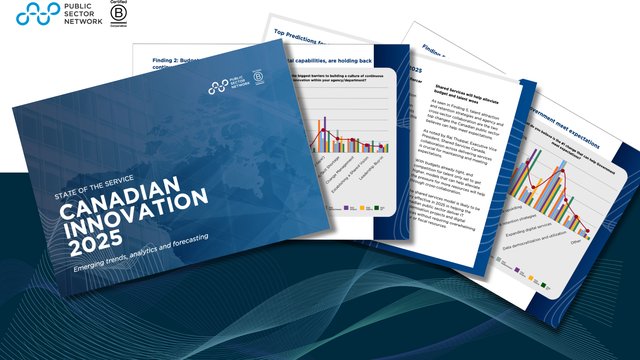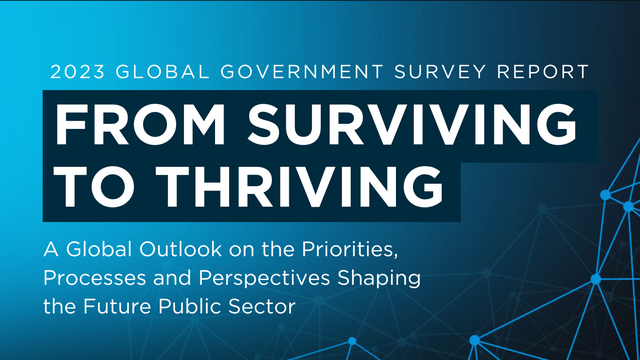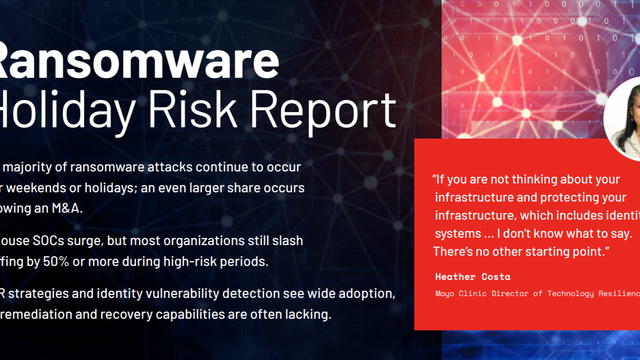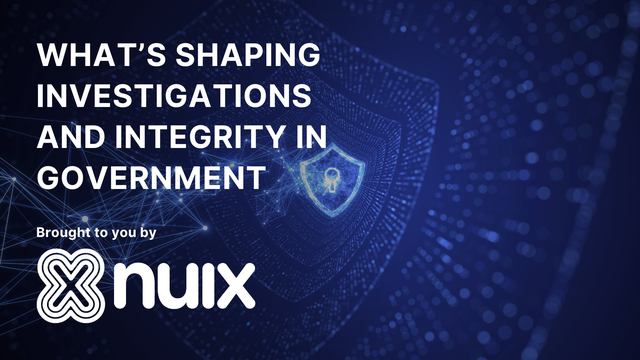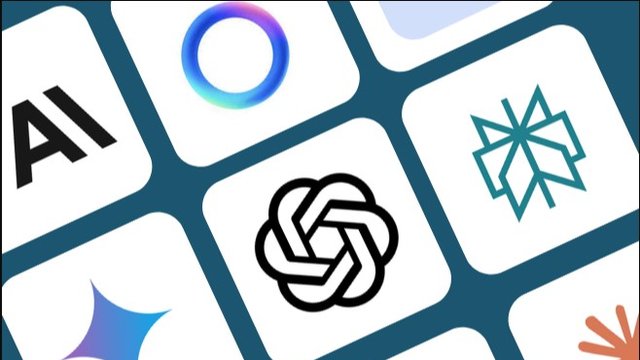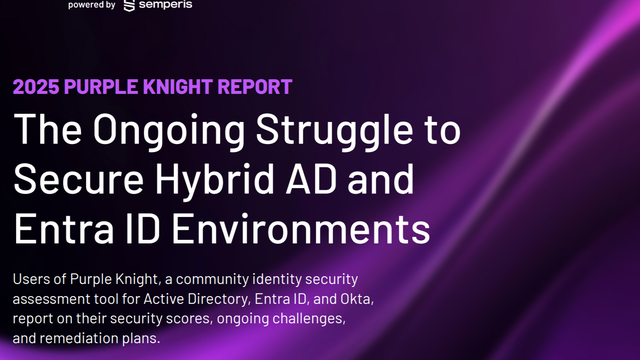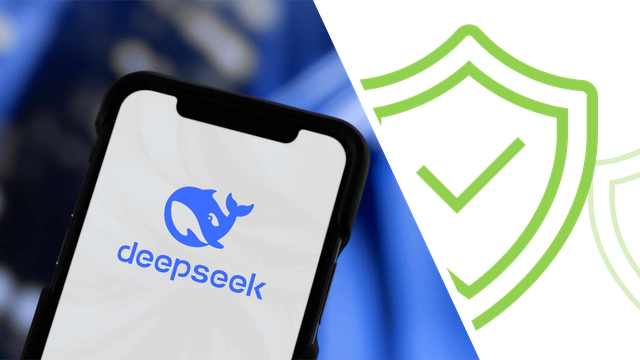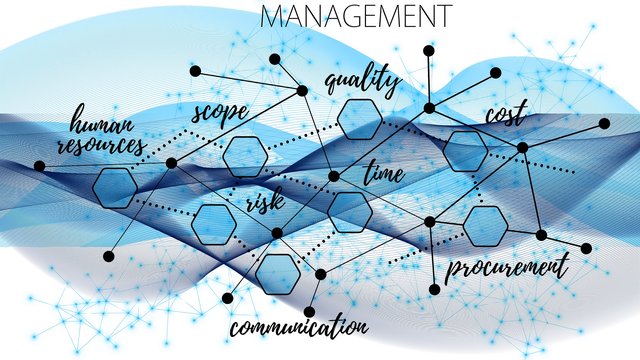
Introduction: AI's Growing Role in Your Work
As a public sector employee, you're on the frontlines of America's AI transformation. From processing benefits claims to improving public safety, AI tools are changing how we serve citizens—but only if we implement them responsibly.
During a recent panel discussion with government AI leaders, California Health and Human Services CIO Adam Dandrow captured the challenge perfectly: "We're seizing AI's potential, but in a deliberate way—starting with low-risk uses while building safeguards."
This guide will help you navigate AI's opportunities and pitfalls, featuring exclusive insights from:
Jennifer Chan, California DOJ (Justice Information Services)
Joseph Taylor, Sacramento State (Information Systems Chair)
Kathy Baxter, Salesforce (Ethical AI Architect)
How AI is Changing Your Agency's Work
What's Happening Now in Government:
✅ Automating Routine Tasks
Chatbots handling common citizen inquiries (freeing you for complex cases)
AI-assisted document processing (e.g., benefits applications)
✅ Improving Decision-Making
Predictive analytics in child welfare and public health
Fraud detection in tax and unemployment systems
California's Approach:
"We're following the Governor's executive order—training staff first, focusing on low-risk uses, and building guardrails before scaling." — Adam Dandrow
The Ethical Challenges You Can't Ignore
Bias in AI Systems
"AI magnifies whatever's in your data—including biases you didn't know existed." — Joseph Taylor
What You Can Do:
Audit training data with your IT team for representativeness
Flag biased outputs to your agency's AI review board
Protecting Citizen Privacy
"In healthcare and justice, one data leak can ruin lives. We must be extra careful." — Jennifer Chan
Action Items:
✔ Always anonymize data used for AI training
✔ Verify your agency's AI tools comply with:
HIPAA (health data)
CJIS standards (justice data)
Your state's privacy laws
Adapting to AI-Driven Changes
Your Evolving Role
"AI won't replace you—but it will change your job. The key is learning to work with it." — Joseph Taylor
Examples from California Agencies:
Social workers using AI to flag high-risk cases (but making final decisions)
HR professionals automating resume screening (while focusing on interviews)
Getting the Training You Need
California's free resources:
GovOps AI Webinars (Basic to advanced skills)
NVIDIA Partnerships (Free courses for state employees)
Spotting and Preventing AI Risks
Red Flags Every Employee Should Know:
🚩 "Black Box" Systems
Can't explain how decisions are made? Don't use it.
🚩 Outdated Data
AI trained on 2010 census data? Probably biased.
🚩 No Human Oversight
"At Salesforce, we require humans to approve all high-stakes AI decisions." — Kathy Baxter
Your Reporting Channels:
Your supervisor
Agency AI ethics officer (if appointed)
State whistleblower protections
Working Together for Responsible AI
Across Agencies
"No department has all the answers. We're sharing best practices through California's AI Collaborative." — Jennifer Chan
With the Public
"We involve community groups in testing our AI tools—their feedback is invaluable." — Adam Dandrow
With Academia
"San José State students help us audit algorithms—it's a win-win." — Joseph Taylor
Conclusion: You're the Key to Ethical AI
As Kathy Baxter reminded us: "Every public servant in this room has a role to play in shaping trustworthy AI."
3 Things You Can Do Next Week:
Take 30 minutes for your agency's AI training
Review any AI tools you use for transparency features
Speak up if you see potential bias or privacy risks
"The best AI systems will be those built by—and for—public servants who know their communities best."
Need Help?
➔ California state employees: Visit the Department of Technology's AI Hub
➔ Federal workers: Check GSA's AI Center of Excellence
➔ All public servants: Join our free events or one of our comprehensive trainings.
What AI questions do you have about your specific role? Comment below!


